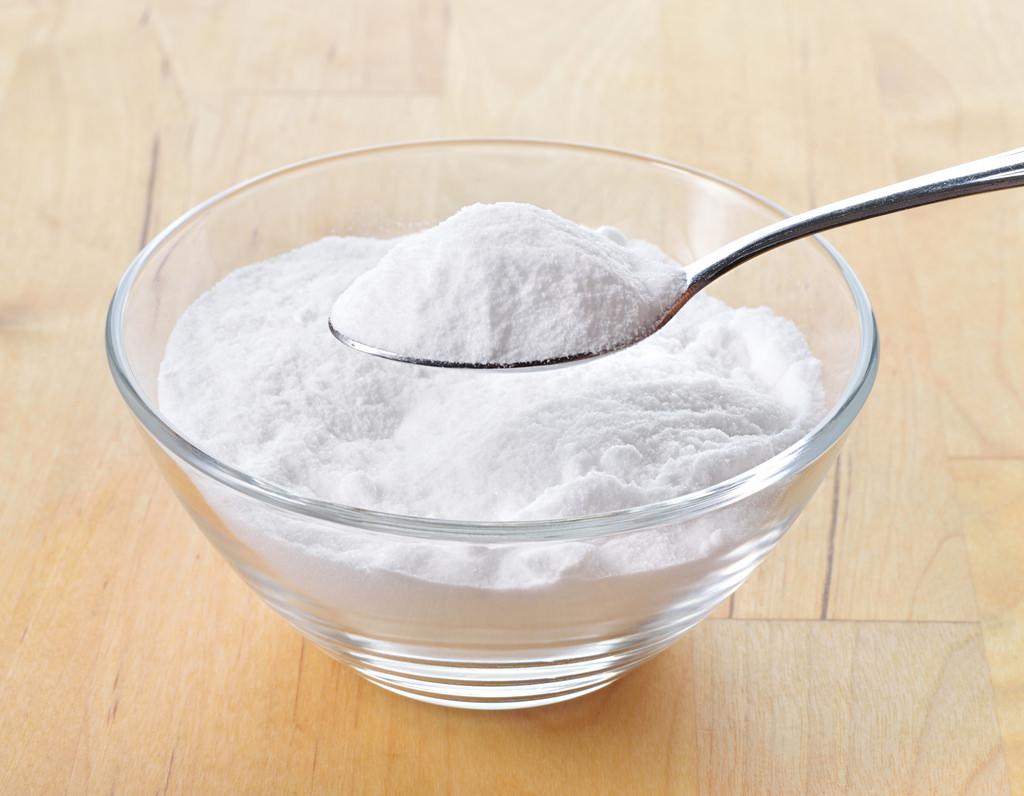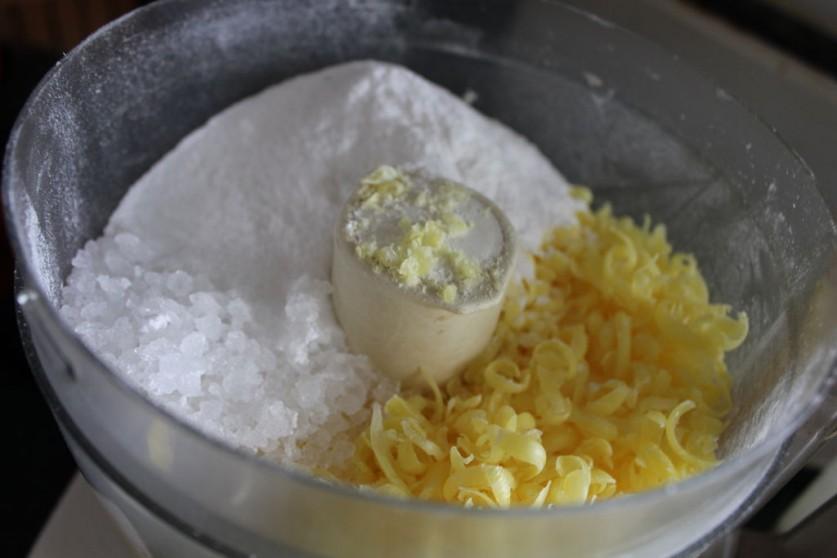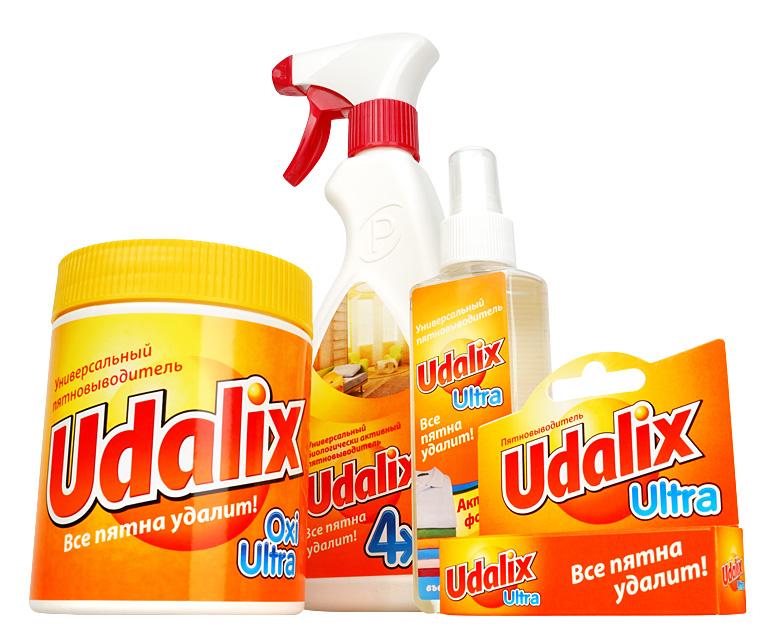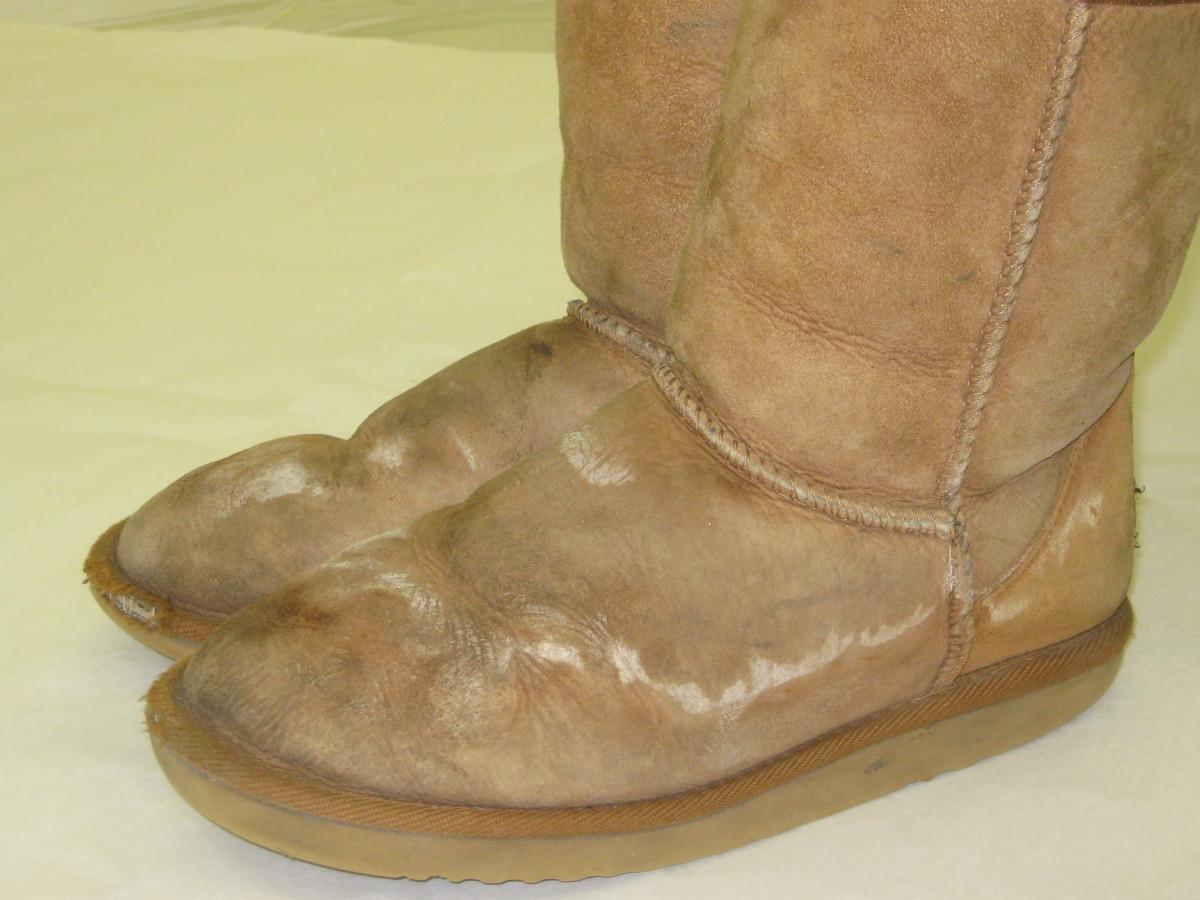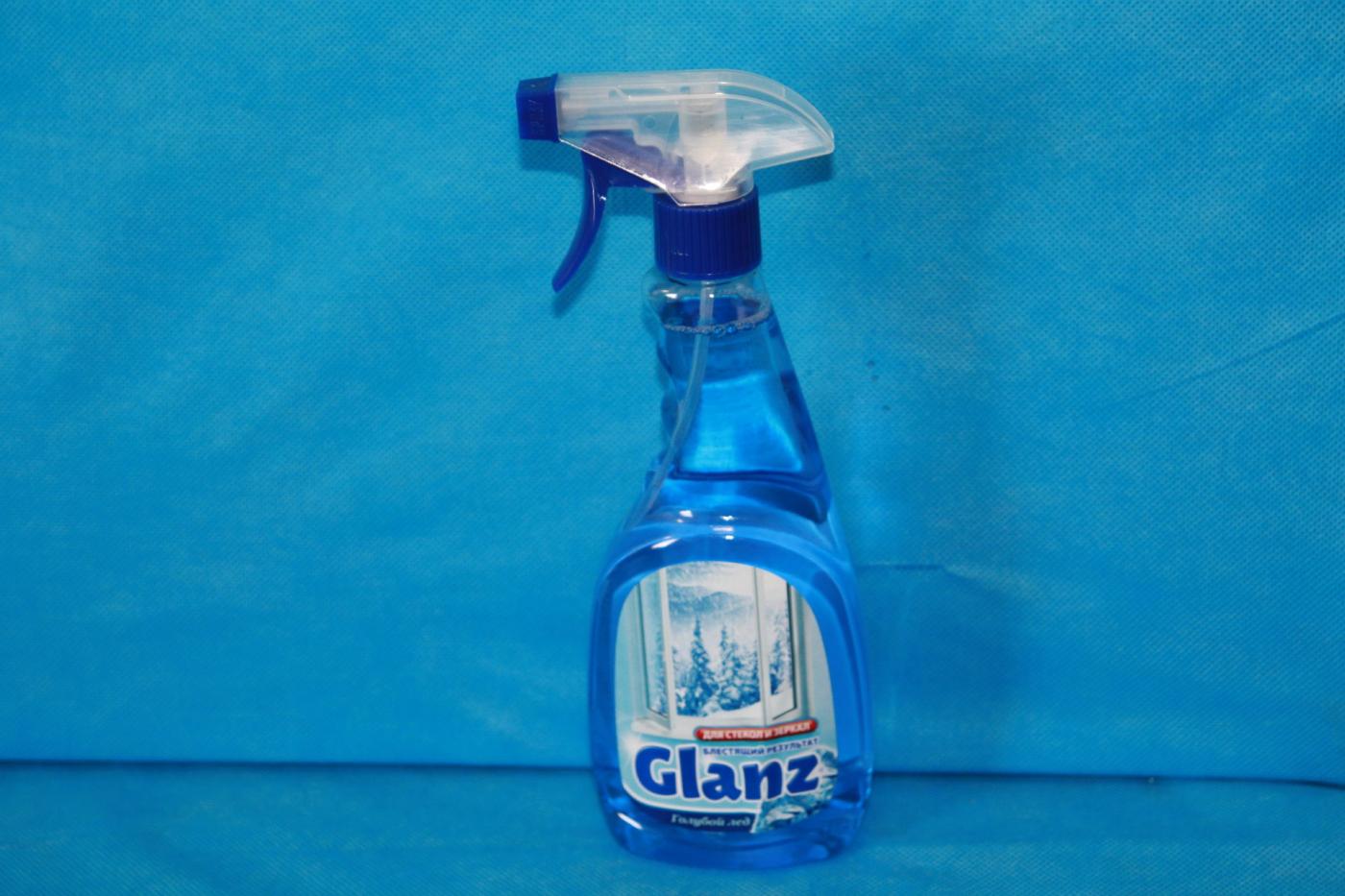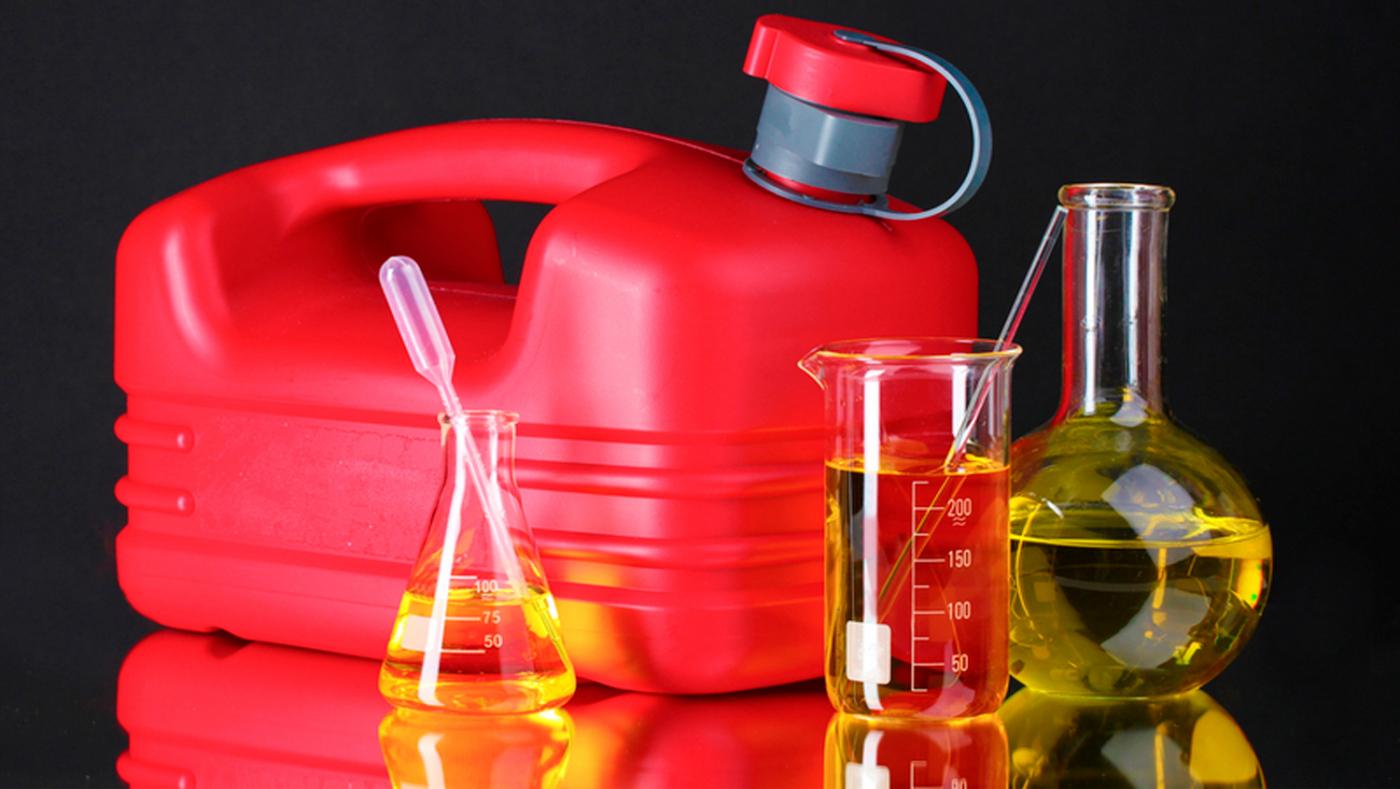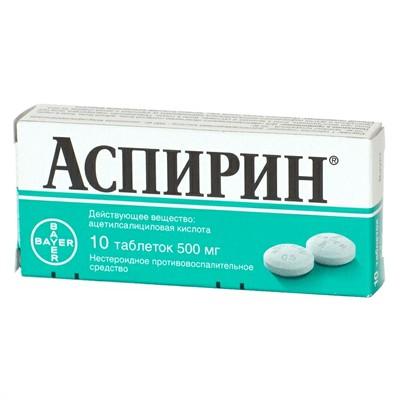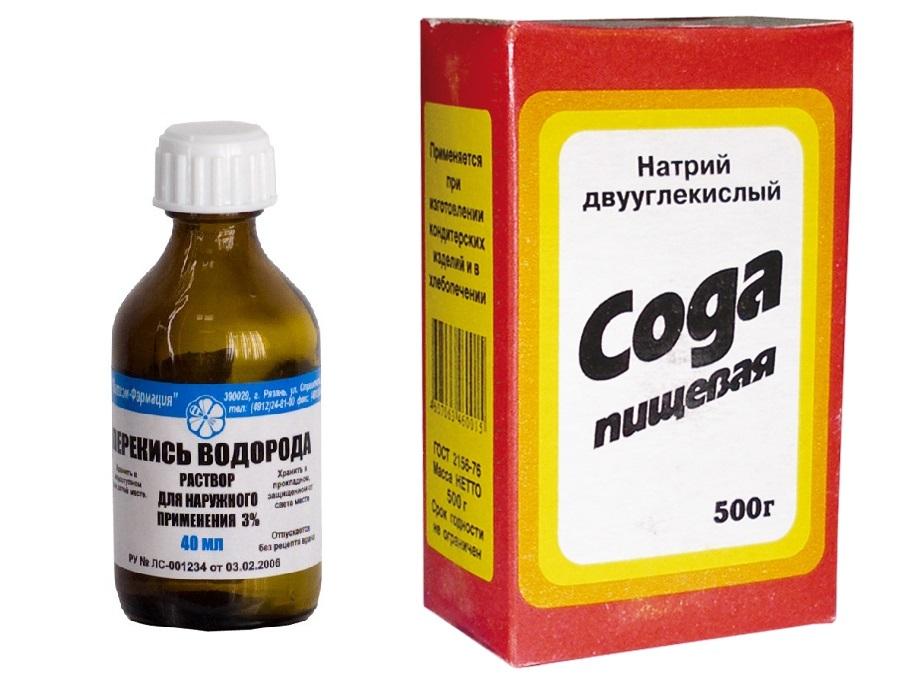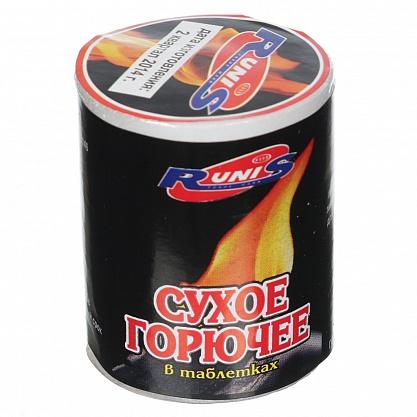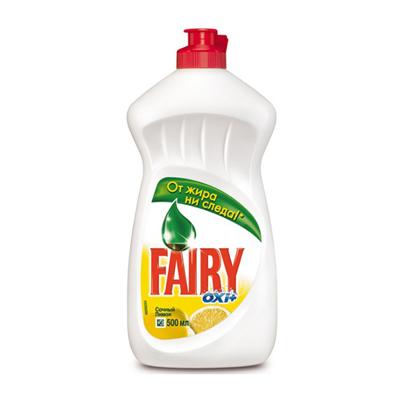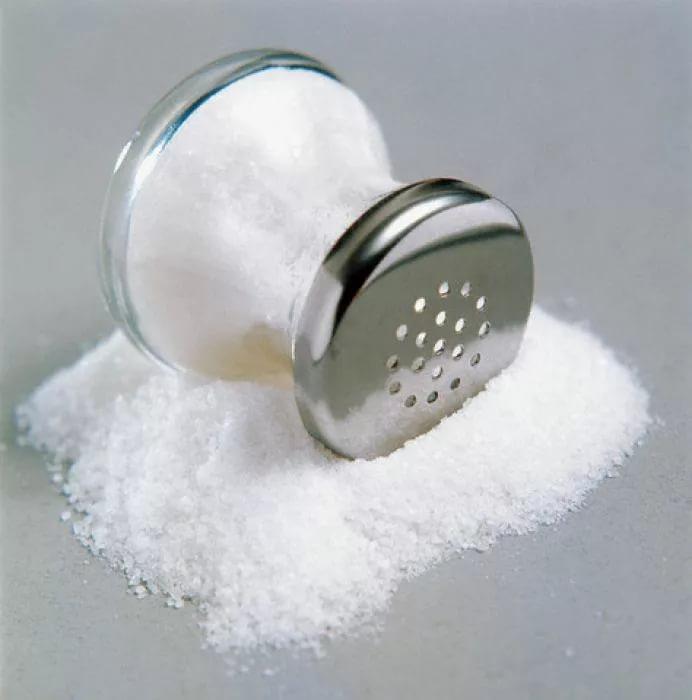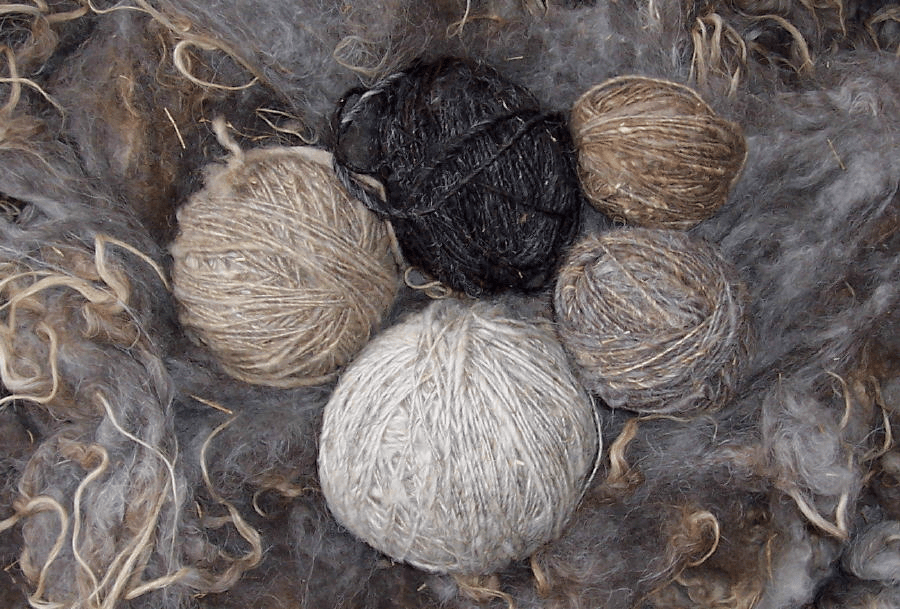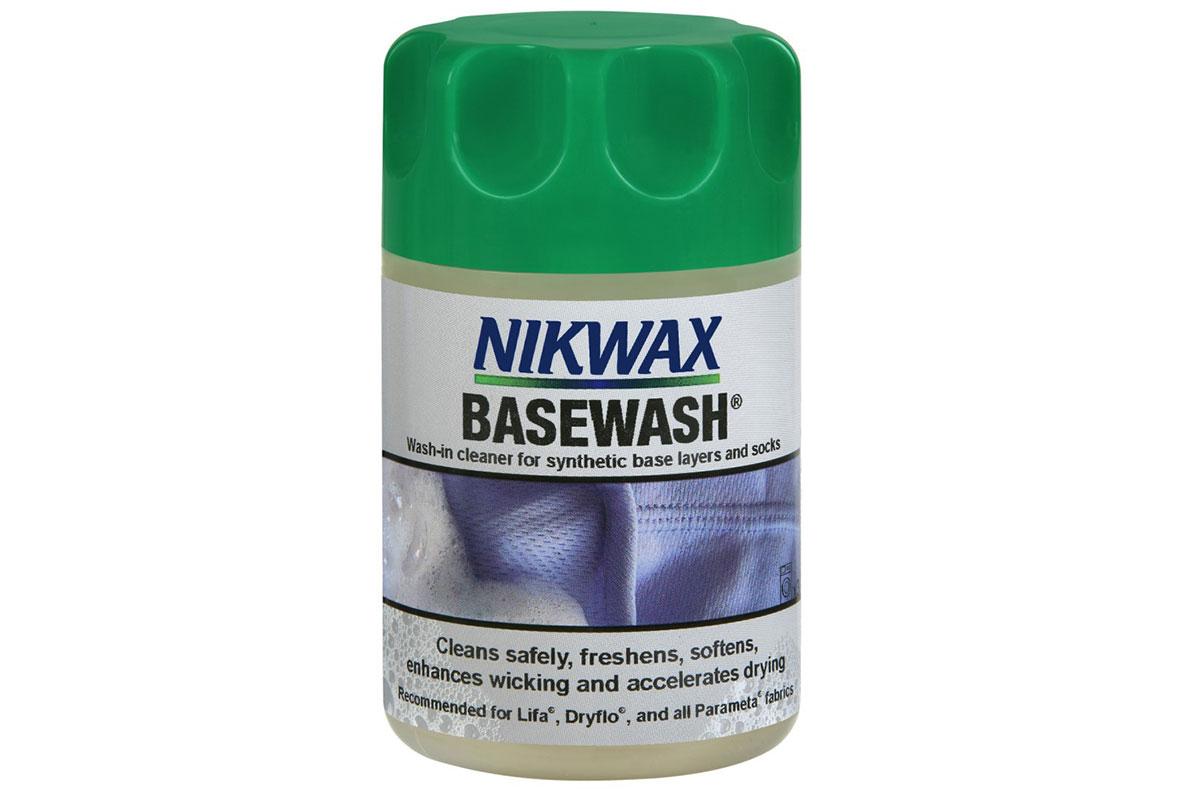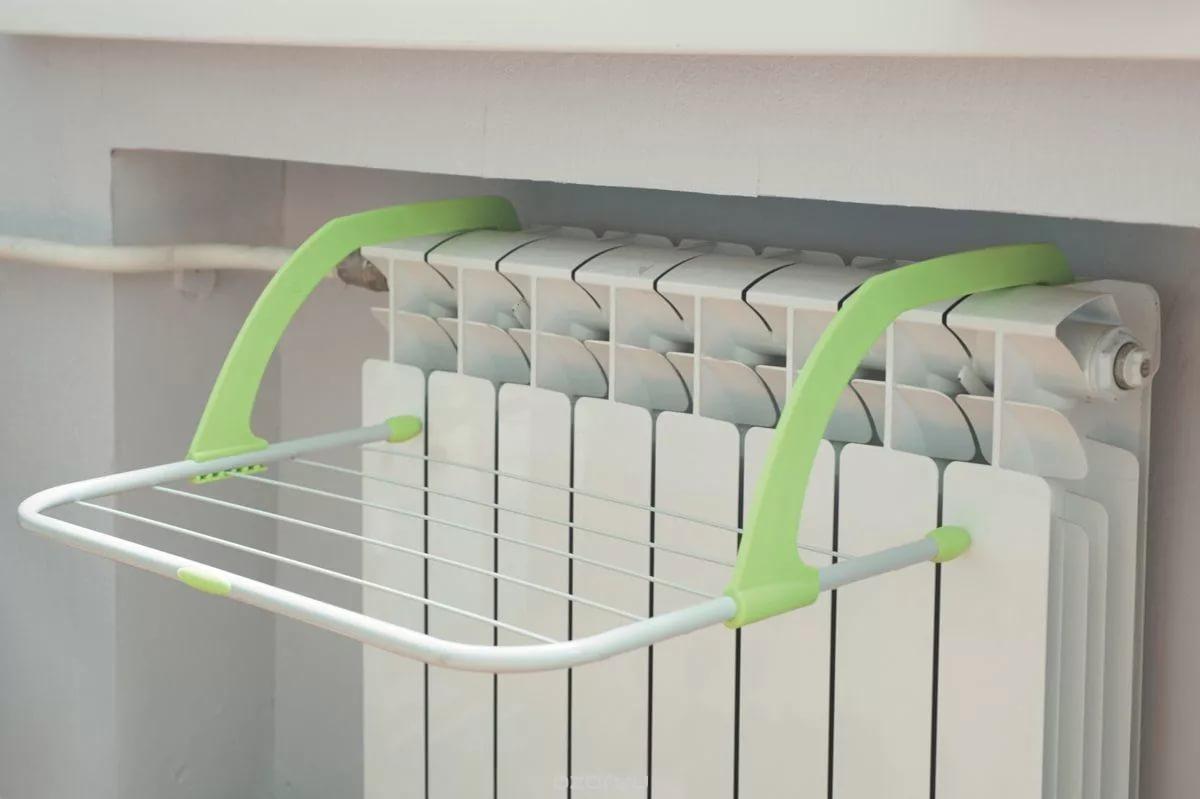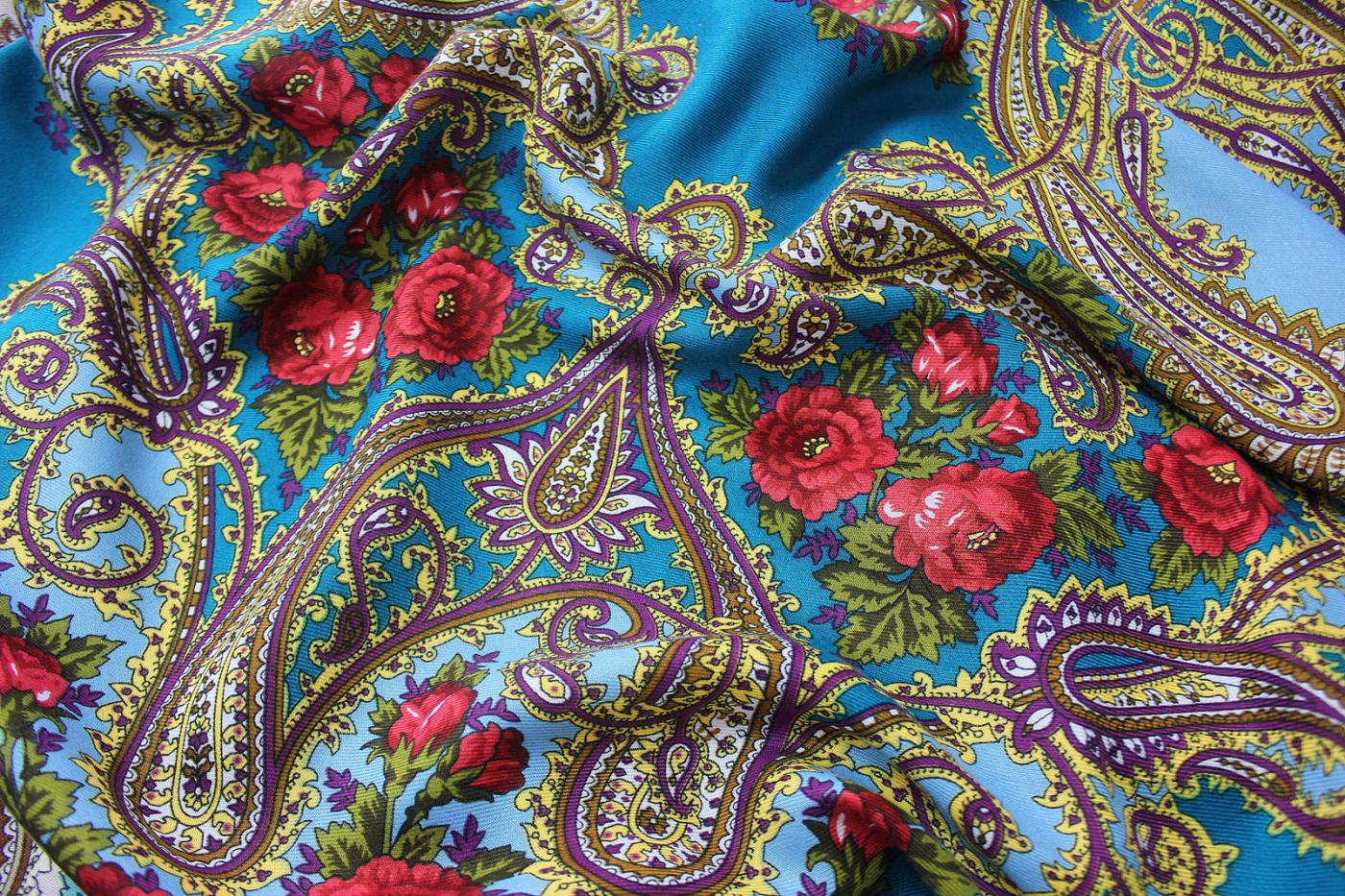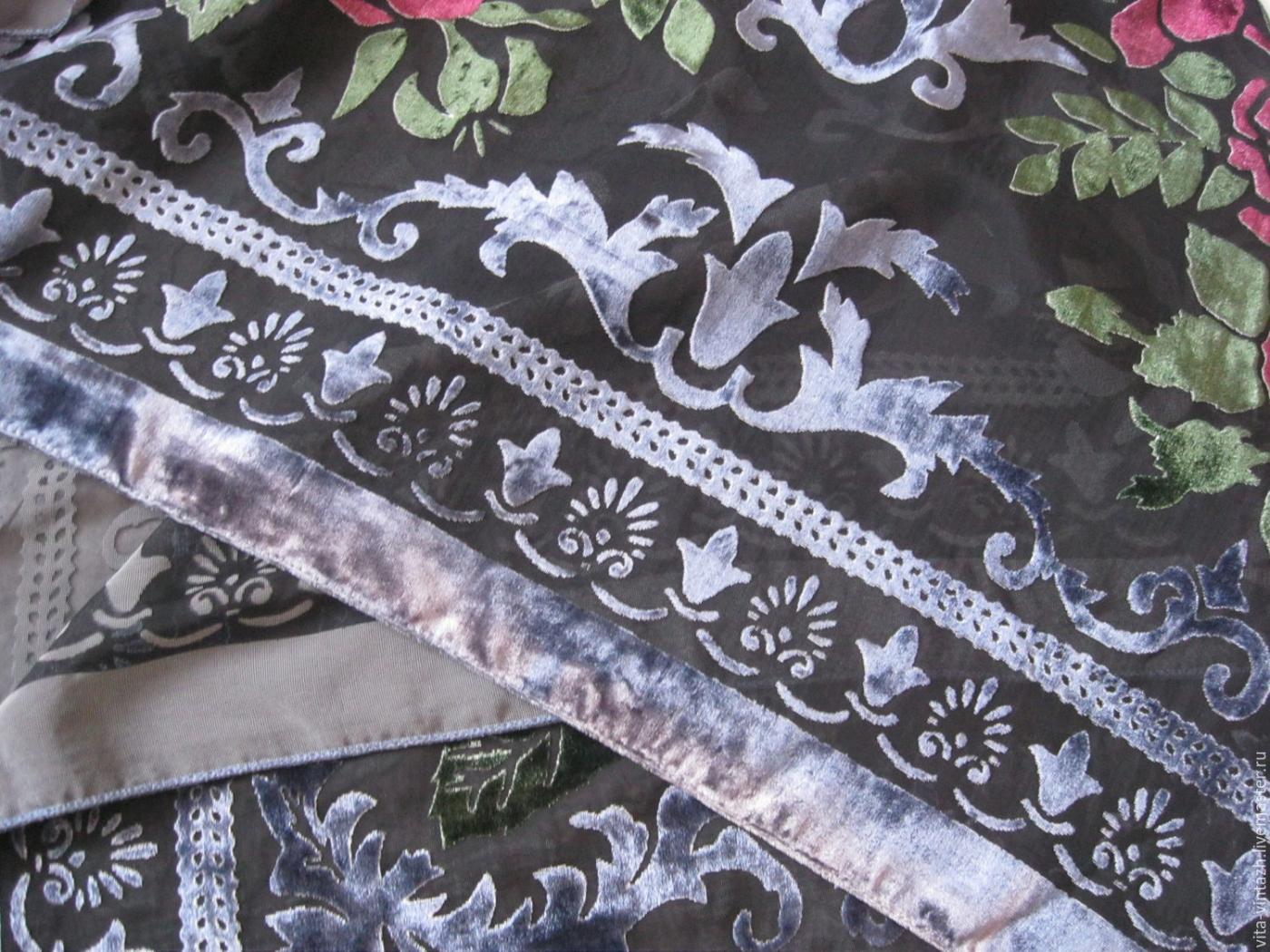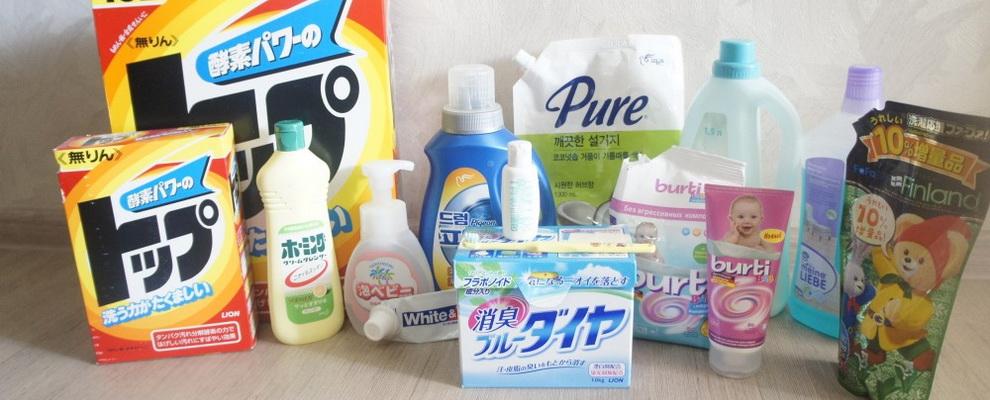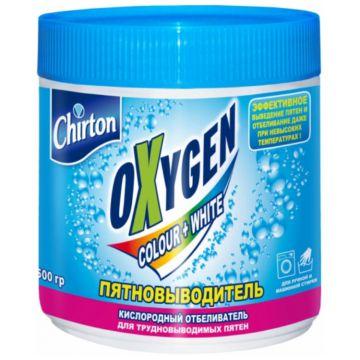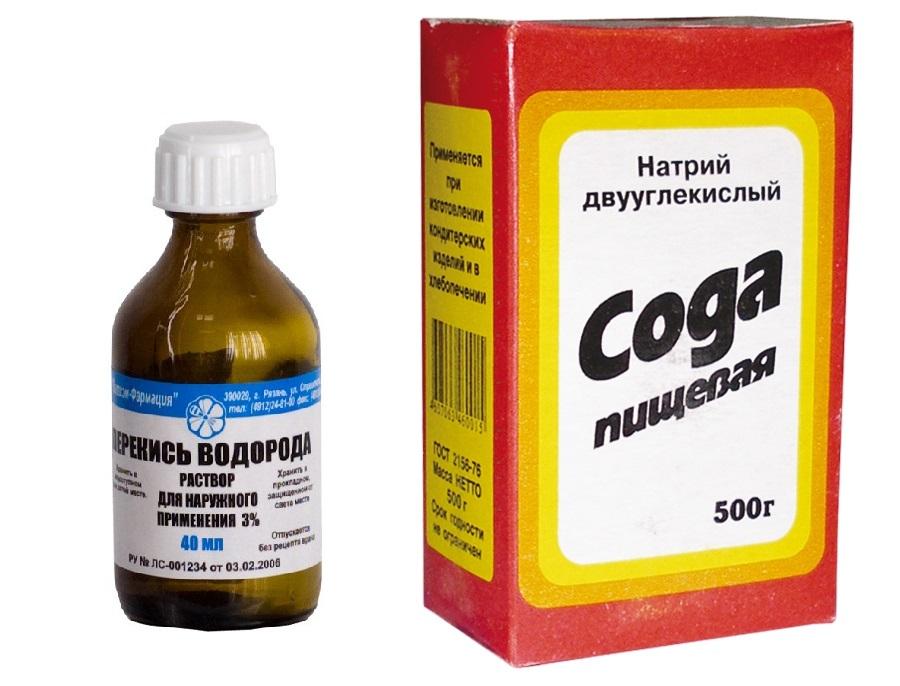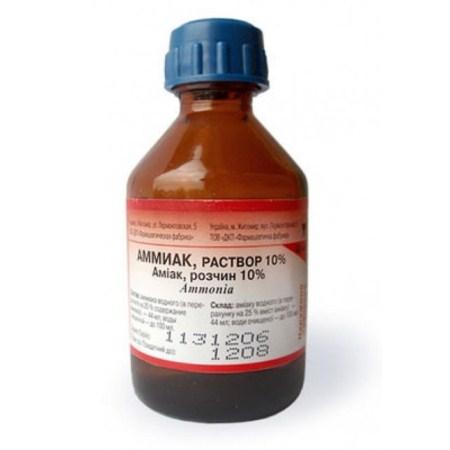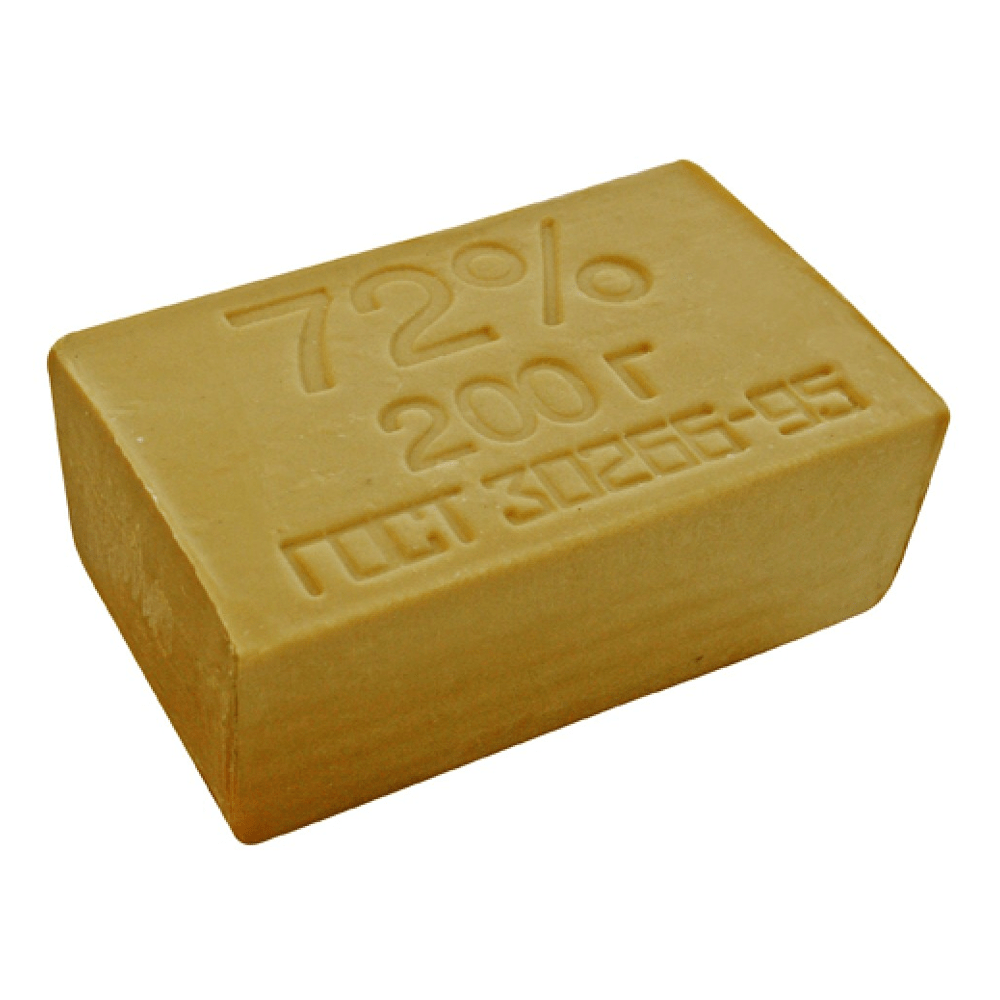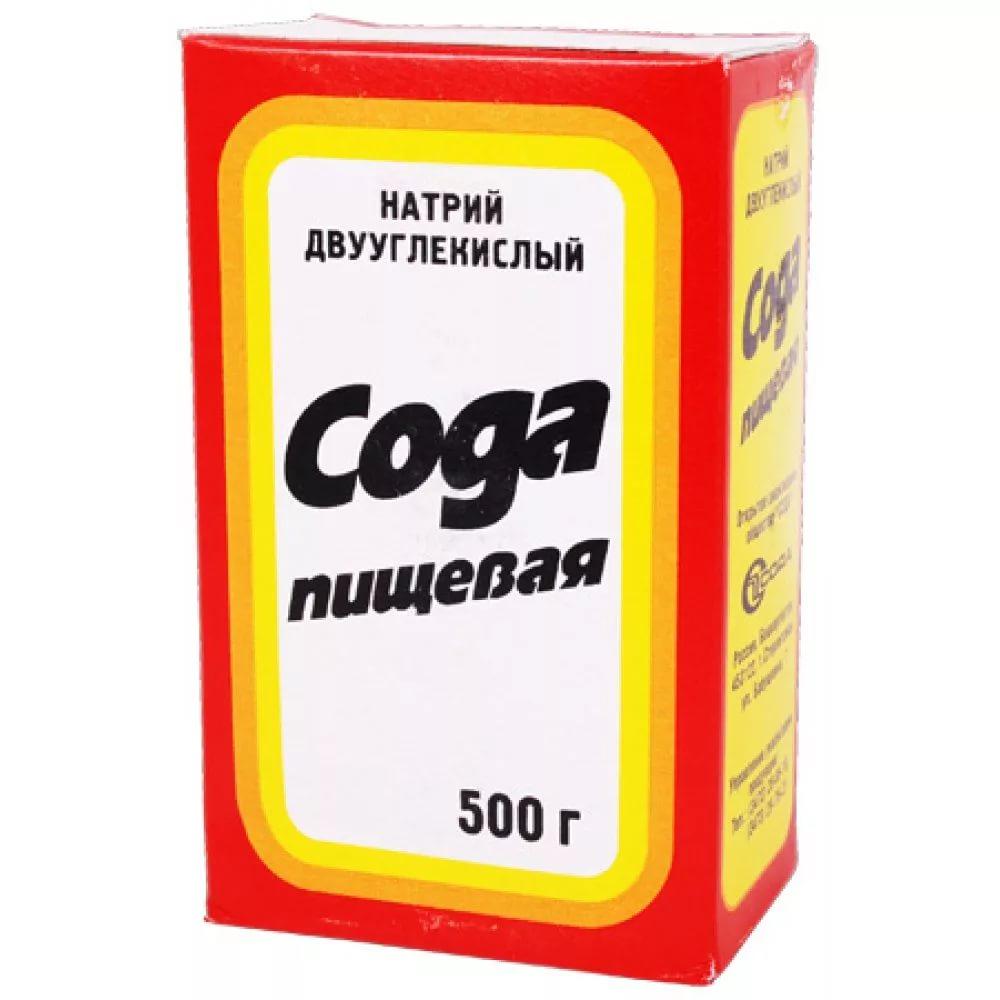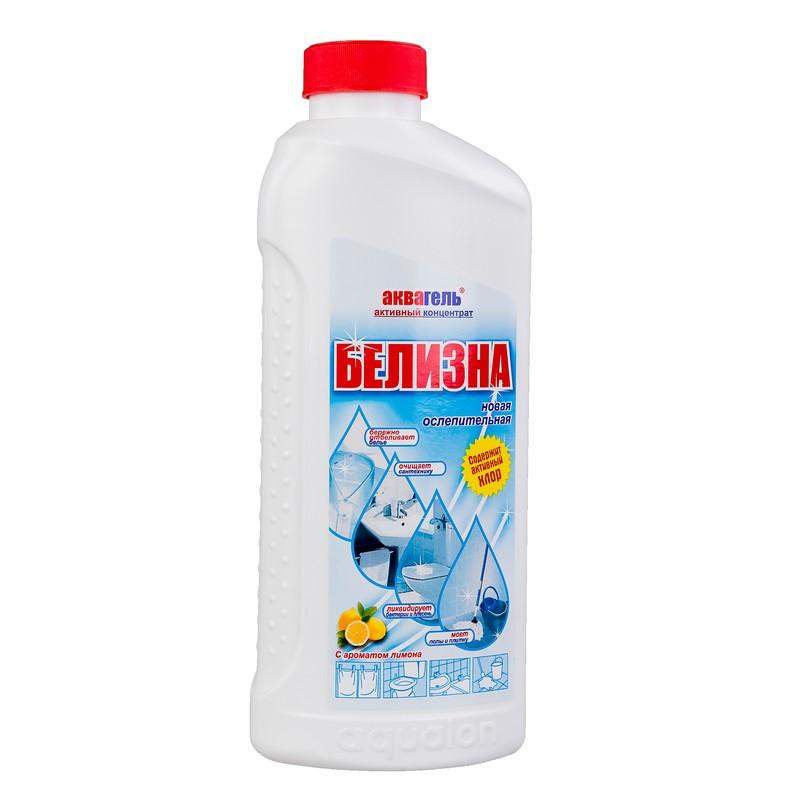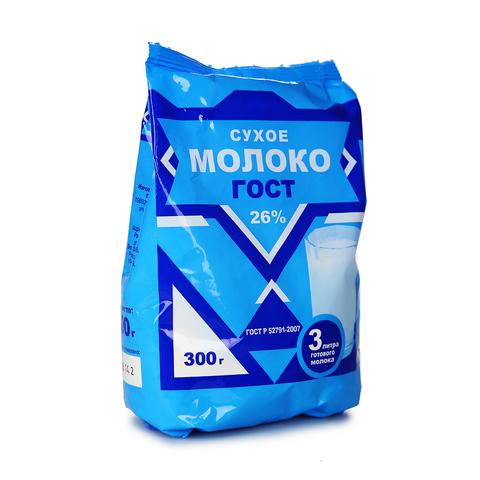The parka is quite comfortable and at the same time practical thing. The jacket can be winter, with an insulating lining, a deep hood and a fur trim. And spring, the shortest model, without insulation and fur. Depending on the weather conditions, such clothes can get dirty very quickly, and here the question arises of how to wash the parka so as not to spoil not only the appearance, but also the properties.
Preparatory work
Preparation for washing parkas consists of certain manipulations that cannot be neglected.
- All detachable elements are detached from a winter or spring jacket - a hood, fur, lining, pockets and a collar.
- The jacket is fastened with a zipper and all the buttons, a lace must be tied from below. After that, the thing is turned inside out. Due to this, during washing, decorative parts will not scratch the washer drum and will not come off.
- Then the parka is rolled up and placed in a special laundry bag. If there is no such device at hand, then a regular pillowcase is quite suitable.This greatly reduces the risk of deformation of the fabric from which the jacket is sewn.
You can wash a winter or demi-season parka jacket both in an automatic machine and by hand. The choice of washing method depends only on the fabrics that make up the thing. An important role is played by the filler, the fabric of the jacket and the presence of parts of the fur that do not come unfastened.
Machine wash
It is quite possible to wash a winter parka in an automatic washing machine, you just have to choose a gentle washing mode and a detergent.In order for a jacket with an outer fabric made of synthetics or cotton to be washed well and not deformed, it is necessary to set the delicate washing mode and the temperature to 40 degrees. It is not necessary to set a higher temperature, since under the influence of hot water the fabric may deteriorate and lose wear resistance. It is advisable to turn on the machine dry mode, if it is provided in the washing machine. A light-colored cotton jacket can be washed with the addition of non-aggressive bleaches. When washing, parkas made of colored fabrics use a special powder or liquid gel that will prevent the item from shedding.
A jacket filled with padding polyester can also be machine washed. Here they select the mode for synthetic fabrics and the water temperature, no more than 40 degrees. Automatic spin and dry modes must be turned off. To wash such products, a powder or liquid gel is used, which are intended for synthetics. After the wash is over, the jacket is taken out of the washer and the remaining water is squeezed out with your hands.
A parka filled with down, although it requires more careful care, can also be machine washed. For proper washing of such a product, special balls are needed, if they are not available, then tennis balls are quite suitable. The purpose of the balls is to prevent the filler from rolling. Wash the parka down like this:
- They put the thing in the drum of the machine and set the delicate mode and temperature to 30 degrees. After the machine has stopped, the jacket is taken out and the remaining water is gently squeezed out with your hands.
- After that, the park is again placed in the machine, the washing gel for down jackets is added and the delicate mode is set without spinning at all and the minimum temperature.
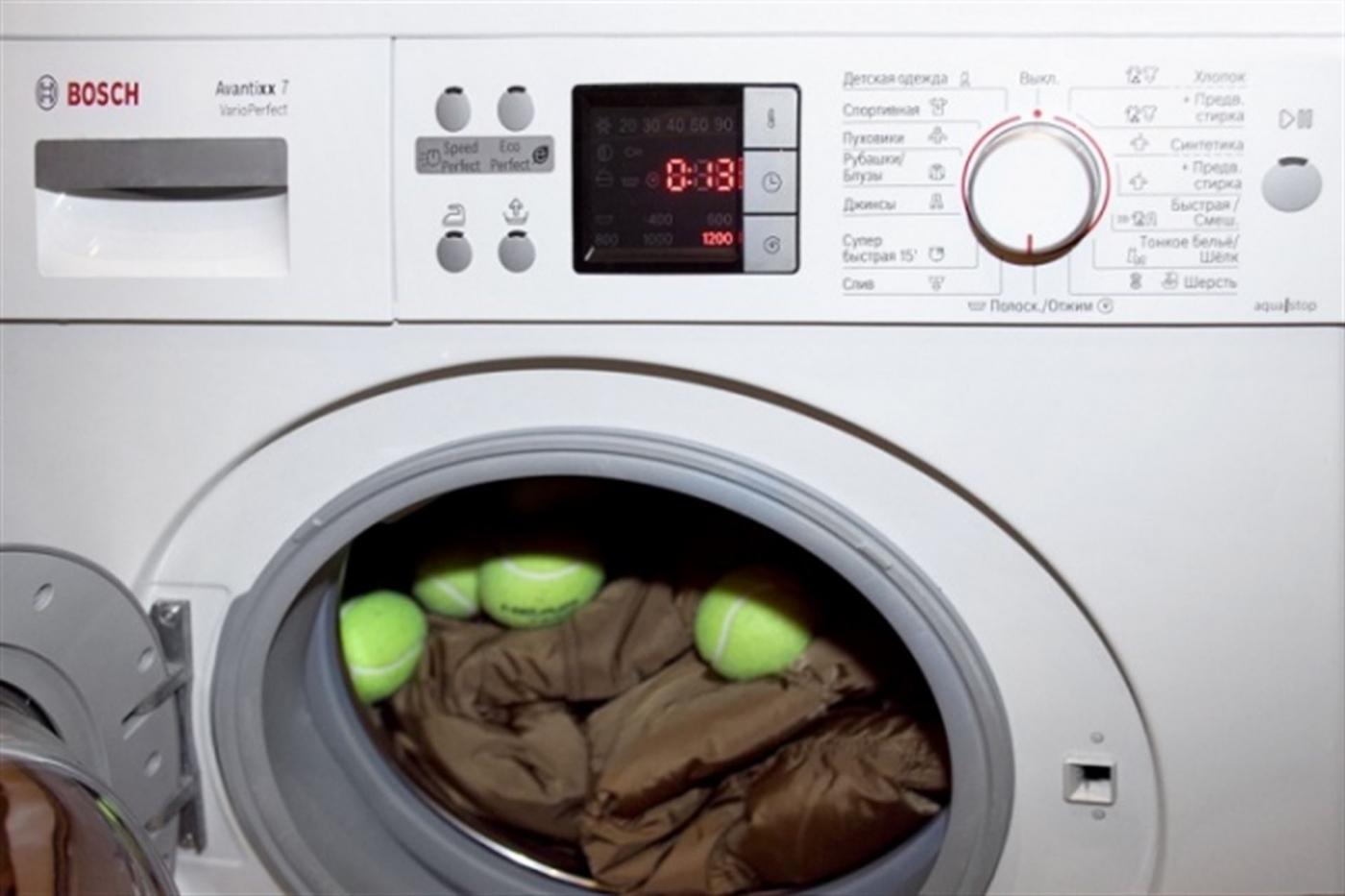
It is important not to forget to put balls in the washer, which will distribute the filler during washing.
Washing parkas by hand
If there is no certainty that the thing will not deteriorate when washed in a washing machine, then the jacket is washed by hand. But here it is very important to observe the technology of the whole process.
- Slightly warm water is poured into a large basin or bath, in which detergent is dissolved, which is intended for caring for down jackets. Stir the water well to form a foam.
- After that, the jacket is immersed in the resulting detergent solution, while not stretching it to avoid fabric deformation. Gently rub heavily soiled areas with your hands, usually collar, cuffs, slats, pockets and sleeves.
- To remove grease stains from the fabric, use ammonia.To do this, two tablespoons of this substance are dissolved in half a liter of water, then a napkin is moistened with this solution and the contaminated areas are gently rubbed. The processing time should not exceed two minutes, after which the fabric is wiped with a sponge dipped in clean water. For this purpose, you can take a solution of vinegar in the same proportions;
- To prevent the colored fabric from shedding, a special gel or powder is taken for washing.
it is better to eat it before washing.
Rinse the jacket in a bath with warm water. After that, the thing is squeezed out a little and rinsed again under a stream of cold water; a shower can be used for this purpose. The parka does not need to be wrung out, it is better to spread it on the bottom of the bathroom, where it will gradually drain. Then the thing is wrapped in a large bath towel, it will absorb the remaining water.
How to wash a parka with fur
If the parka is decorated with natural fur, then it is necessary to wash the product so that this fur does not get wet. If it comes unfastened, then it is removed before washing, otherwise the fur is tightly wrapped with cellophane, which is fixed at the base. Even if a little water gets on the fur, the appearance will definitely not deteriorate.
To clean natural fur, starch is taken, which is mixed with water to a slurry state. The resulting mass is evenly applied to the fur, kept until dry, then removed with a soft brush.
If the park has faux fur that does not come unfastened, then such a jacket can be washed in a typewriter. After washing, the fur edge is well combed to restore its former splendor. In the case when the fur comes unfastened, it is removed and cleaned with starch.
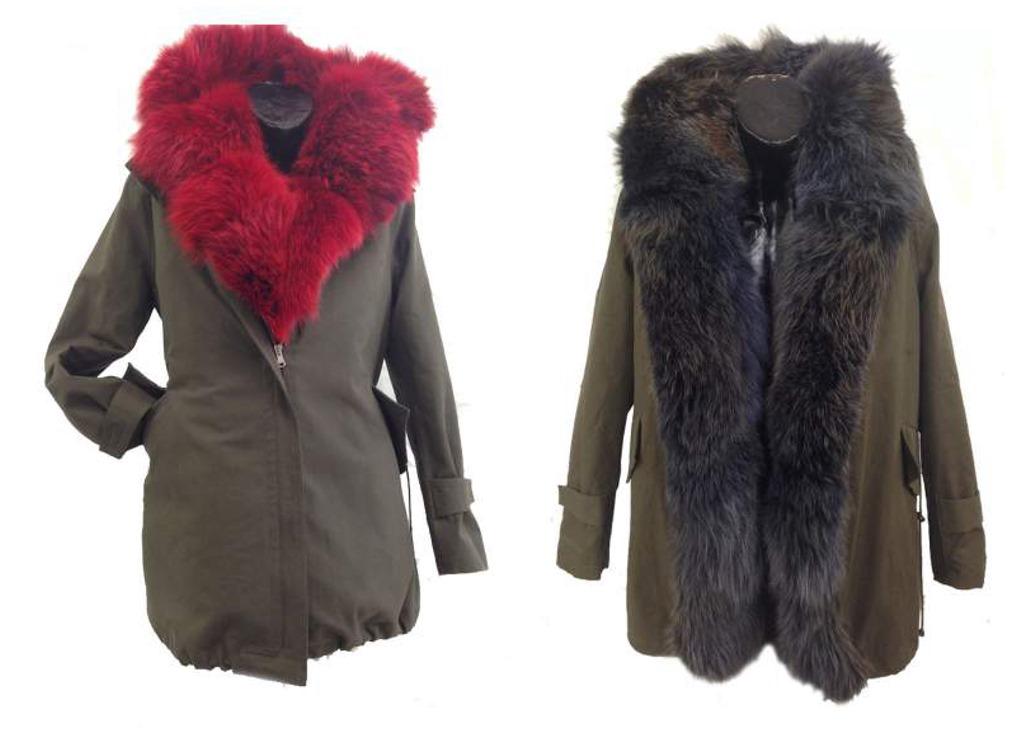
It is not recommended to wash natural fur. When wet, such material loses its qualities and attractiveness.
How to dry the parka
After the jacket has been washed, it is very important to dry it properly. To preserve the original appearance and all the qualities of a thing, you should follow these recommendations:
- Dry the jacket in a horizontal position, while the water should drain freely. The ideal solution would be a dryer, on the surface of which a thing is laid out.
- The room in which the washed jacket is dried should be well ventilated. You can also dry the top item outside or on the balcony, avoiding direct sunlight.
- Do not dry the parka near central heating or other heating devices.
- During drying, the jacket is regularly shredded and the fallen filler is kneaded with hands.
- The jacket is periodically turned over to dry so that the product dries evenly.
After drying, the jacket can be ironed with a warm iron from the wrong side.Ironing is also acceptable from the front side, but only through a white cotton fabric.
Washing a parka in the washing machine is less of a hassle than hand washing, but first you need to carefully read the information on the label. However, with hand washing, you can be more confident that the item will not deteriorate.


